Formica podzolica-Mound Ant/Thatching ant
Species overview:
Formica podzolica also sometimes called the Mound Ant is a medium sized black Formica ant without majors. They are commonly found in canyons, mountains, and in coniferous forests of the Northern United States. They can be quite aggressive and ready to attack if the nest is disturbed. Often hundreds of workers can react.
Good to know:
Here is some good to know info about the species!
Scientific name and common name:
Formica podzolica-Mound ant or Thatching ant
Native or invasive to Utah:
Formica podzolica is native
Are they Polygynous:
Formica podzolica is polygynous
Do the larva spin cocoons or stay naked:
Formica podzolica larva can spin a cocoon or stay naked but more often spin a cocoon
Are they claustral or semi-claustral:
Formica podzolica is fully claustral
Nest Behavior:
Formica podzolica nests in soil and dead pine needles. They create mounds of dead pine needles, dead leaf litter, and soil. This is why they are known as mound ants or thatching ants. Often times the mound can be a few feet long and a few inches tall. There nests are pretty easy to spot because of this.
What do they eat:
Formica podzolica eats dead insects in the wild as well as small living ones. They are also known to collect honeydew as a sugar source from aphids and mealybugs.
Founding time and behavior:
Formica podzolica flies in June, July, and August. Queens mate with one male before breaking off there wings and looking for a place to dig her claustral chamber. Queens ofter nest under rocks in chambers a few inches deep. Depending on what month they fly changes when there first workers arrive. If they fly in June or July workers can arrive before the first snow. If they fly in August or September queens may not even lay eggs till spring of next year. Queens typically lay a few eggs to start and don't lay anymore till workers arrive. The first workers arrive on average 6-7 weeks after eggs are laid. Colonies can reach 4000+ workers after 4-5 years. Alates start to appear around 4-5 years.
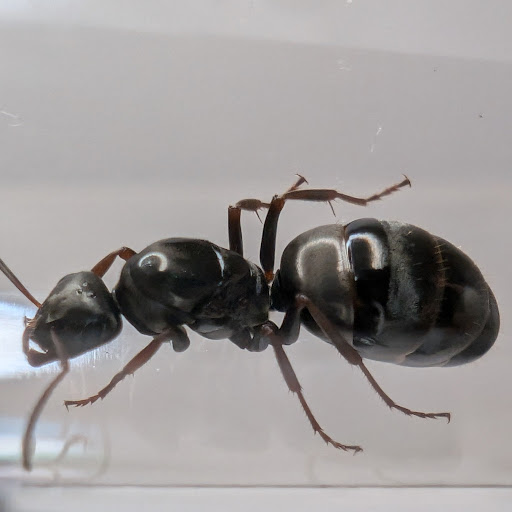
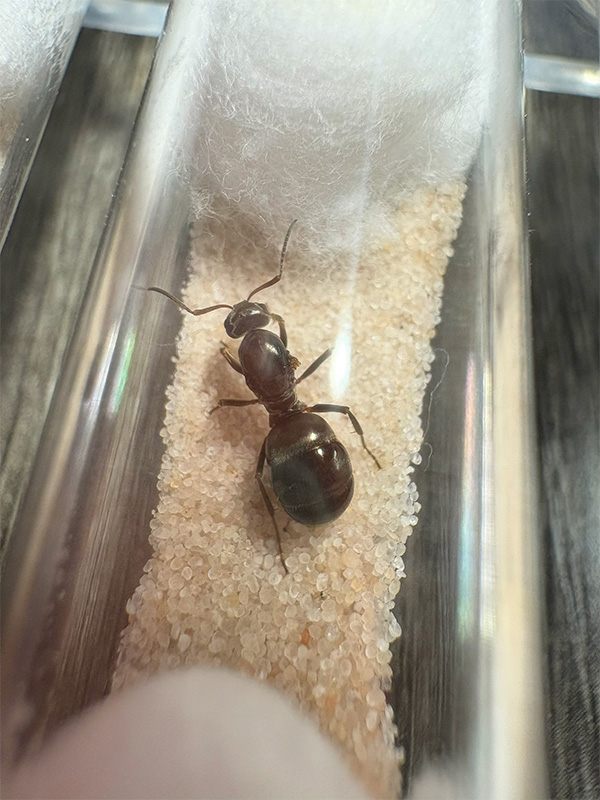
Formica podzolica queen dealates:
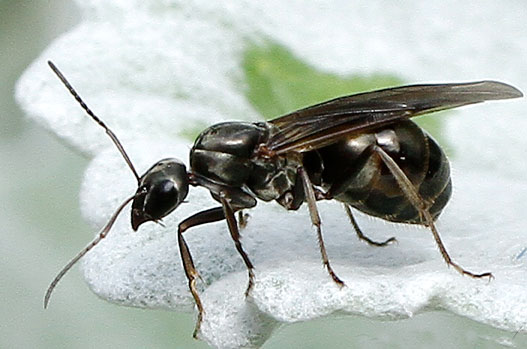
A Formica podzolica queen alate:
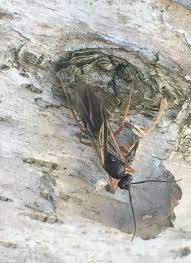
A Formica podzolica male:
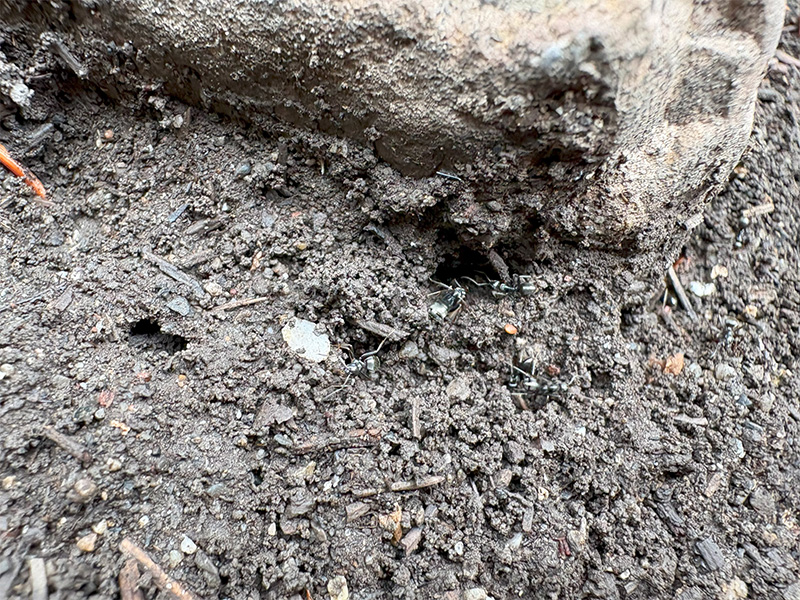
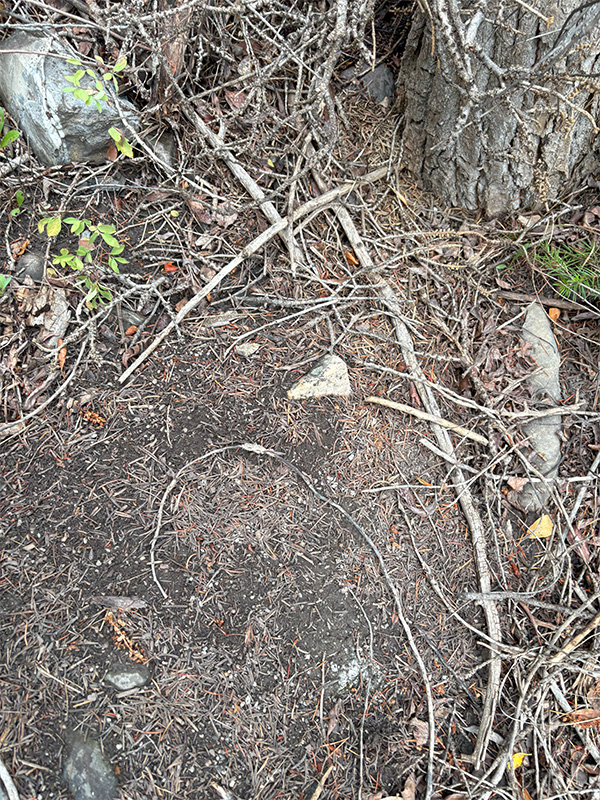
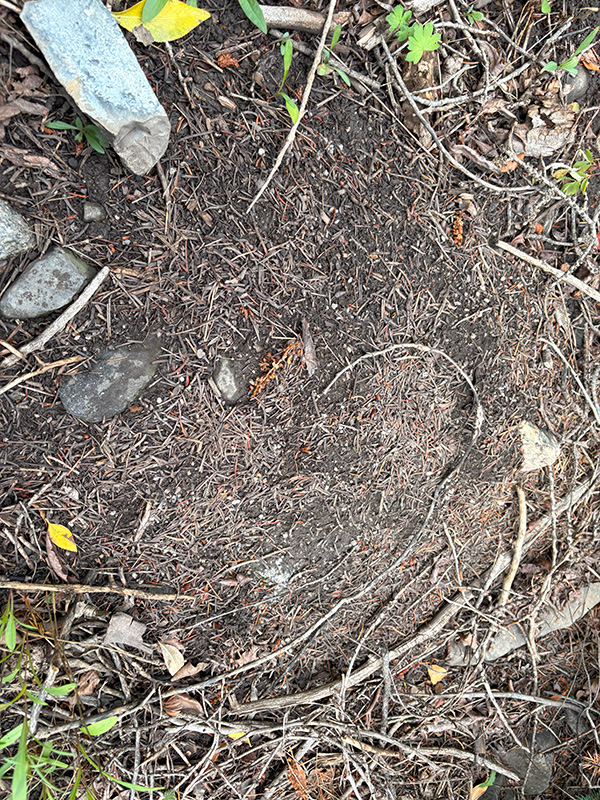
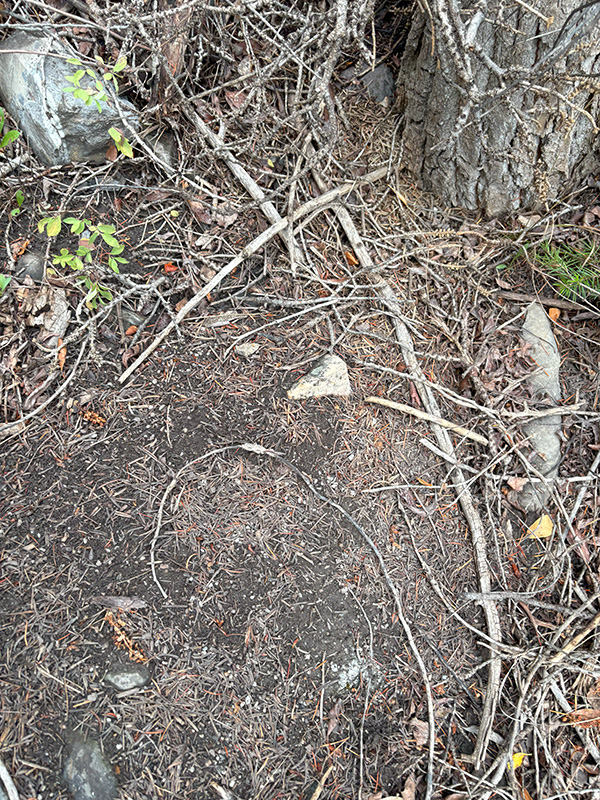
A Formica podzolica nest entrance and mound:















